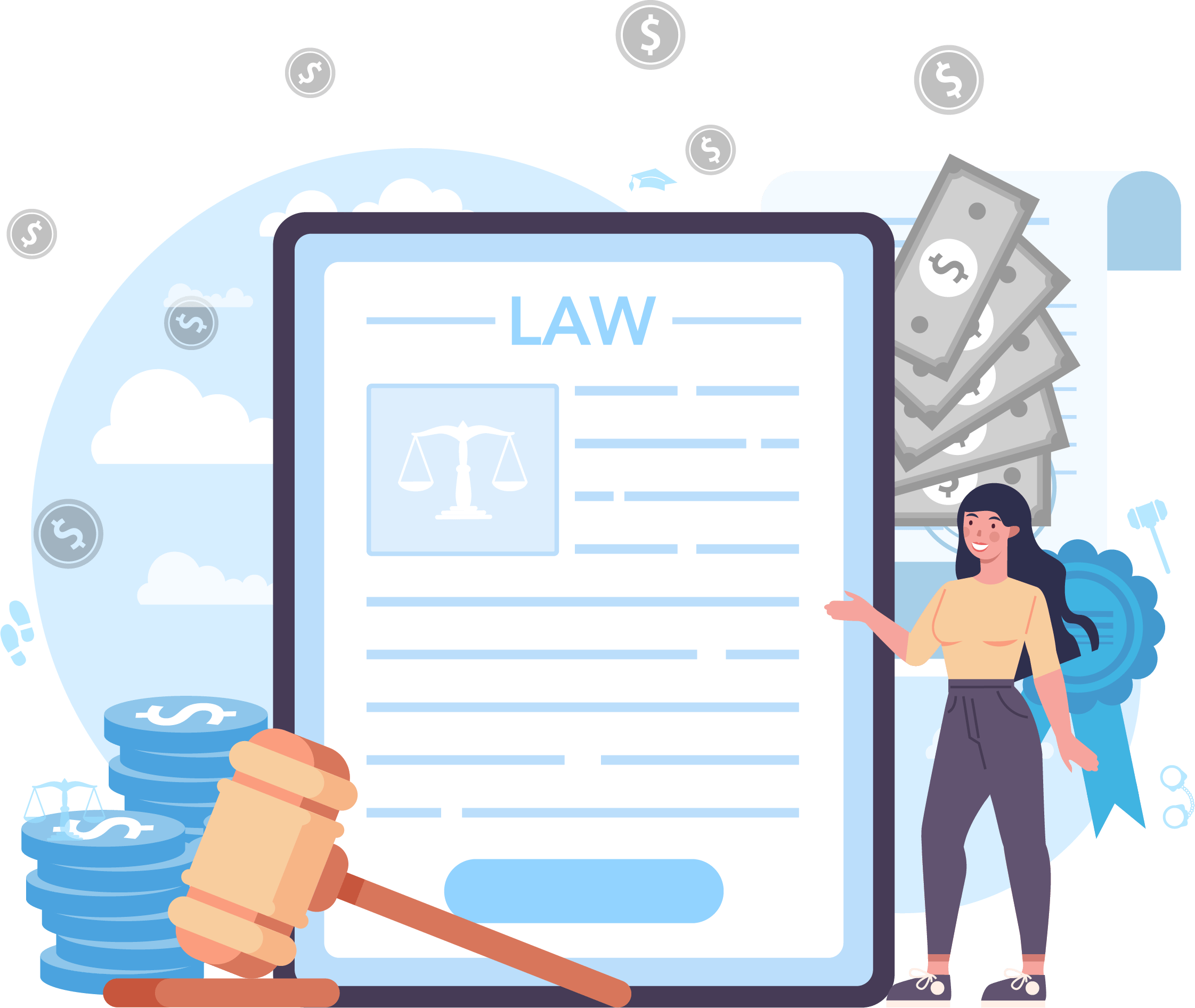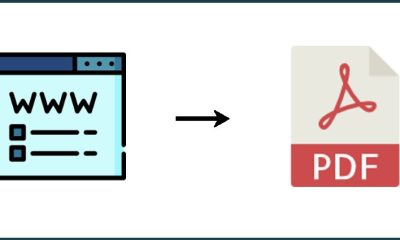Career Tips
How To Become A Legal Transcriptionist | Step By Step

What is a legal transcriptionist?
A legal transcriptionist is someone who creates written records of significant legal recordings. They use their listening and typing skills to create written papers that legal experts can refer to as needed. Someone in this position is entirely responsible for producing written versions of prerecorded information. They may specialize in certain types of court processes or collaborate with a certain judge to transcribe all of the cases in which they are involved.
Legal transcriptionist vs. court reporter
Legal transcriptionists, unlike court reporters, are not required to provide written records of live discussions, which means they can take longer to generate well-written, error-free transcriptions. Court reporters work in courtrooms, taking notes that precisely represent what each party says during the proceedings. This includes witnesses, attorneys, and the judge. Legal transcriptionists may collaborate with a court reporter to create an accurate picture of court events that includes both live notes and transcribed recorded discussions.
What do legal transcriptionists do?
A legal transcriptionist is responsible for the following tasks:
- Listen to dictated recordings produced by legal employees, such as paralegals and attorneys.
- Transcribe recordings, including video and audio recordings, into a variety of legal documents that contain pleadings, correspondence, motions, time entries, legal memorandums, interrogations, agreements and discovery.
- Create error-free documents that other people can later reference.
- Use headsets and computer software to listen and produce transcriptions.
- Meet with lawyers and paralegals to receive dictation that they wish to present in court.
What is the average salary and job outlook for a legal transcriptionist?
The national average annual compensation for a transcriptionist is $47,842. The income you may expect in this profession will vary depending on your geographic area, level of experience, company, and skill set. Work-from-home opportunities, a flexible schedule, health insurance, paid time off, and professional development help are all common advantages for this position. Click on the following link to view the most recent Indeed salary information.
While the United States Bureau of Labor Statistics does not provide a report on legal transcriptionists, it does offer a 1% job outlook for court reporters and simultaneous captioners, who perform comparable responsibilities to legal transcriptionists. While growth may be slow, it predicts approximately 2,000 openings for these professions each year to replace people who leave the workforce for retirement or other reasons.
Legal transcriptionist skills
Those wanting to pursue legal transcription jobs can benefit from developing these skills:
- Attention to detail: You have the important job of creating legal documents. Your attention to detail can help you ensure they’re free of any errors.
- Computer skills: When working as a legal transcriptionist, you can expect to use the computer for most of your tasks. Those in this role use word processors, billing software and spreadsheets.
- Knowledge of legal terminology: This role involves taking the words of attorneys and paralegals and turning them into written documents. Having this background knowledge ensures you’re correctly labeling your transcriptions and using the correct words.
- Language skills: You may have a solid knowledge of English spelling, grammar and syntax to do well in this role.
- Listening: Much of this role involves listening to recordings. It’s essential to decipher every word the person in the recording is saying.
- Time management: You can meet important deadlines when working in this role. Successful legal transcriptionists know how to prioritize their work to ensure people can access documents in time for court.
- Typing: Since most of your day involves transcribing recordings, it’s important to be a fast and efficient typist. Those in this role may aim for 85 words per minute, free from any errors.
How to become a legal transcriptionist
Follow these steps to become a legal transcriptionist:
1. Earn a degree
When applying for an entry-level legal transcriptionist position, you should have a high school graduation and previous experience in a legal or office context. If you want to improve your prospects of becoming a legal transcriptionist, you can further your education at a community college, technical school, or vocational school.
These programs can help you get additional career prospects and provide you the skills you need to succeed in this field. You might learn about court reporting theory, word processing, transcription editing, and creating a legal lexicon. Those interested in pursuing this job may consider completing one of these legal transcriptionist programs or acquiring an Associate Degree in Legal Transcription Technology.
2. Develop your skills
When preparing for this career, you can work on your listening and typing skills. Practice listening to recordings and transcribing what you hear. Get used to typing without looking at your keyboard. The faster you can type without making any errors, the more qualified you’re going to be for this role. Time yourself to see how many words you can transcribe in one minute. This might be a good skill to include on your resume.
3. Get a certificate
Along with completing your degree, you can distinguish yourself from other applicants by becoming a qualified legal transcriptionist. The American Association of Electronic Reporters and Transcribers (AAERT) offers a Certified Electronic Transcriber (CET) title, while it is not required for the profession.
To obtain this AAERT certification, you must pass a knowledge test with multiple-choice questions. These questions address formatting, proofreading, judicial processes and practices, and vocabulary. Following that, you complete a practical component in which you must prepare a 10- to 15-page transcription of a recorded proceeding.
4. Receive on-the-job training
Most workers in this area begin as entry-level legal transcriptionists. This is where you will get the majority of your training for the job. Training is typically provided by an officer manager, paralegal, or attorney. Take notes and ask meaningful questions to understand the skills and knowledge required for this profession.
5. Continue your education
If you wish to keep your CET designation valid, you must renew it every three years. Maintaining your certification requires maintaining in good standing with AAERT and completing three continuing education credits. Maintaining this qualification can help you succeed in your profession.
If you’re interested in a legal career, there are numerous job opportunities available. Those who are detail-oriented and good at typing can excel as legal transcriptionists. This function is critical to ensuring the long-term preservation and accessibility of courtroom and legal recordings.
How long does it take to become a legal transcriptionist?
The entire time required to become a legal transcriptionist varies depending on your circumstances and the educational or training path you choose. It may take many months to a year to work on and build the skills and knowledge required for this position. This entails learning legal vocabulary, obtaining qualifications, improving typing and listening abilities, and becoming skilled with transcription software. If you chose to get a degree first, it could take up to five years to prepare for this position.
What are some similar roles to a legal transcriptionist?
There are several roles that may have similar tasks as a legal transcriptionist, such as:












